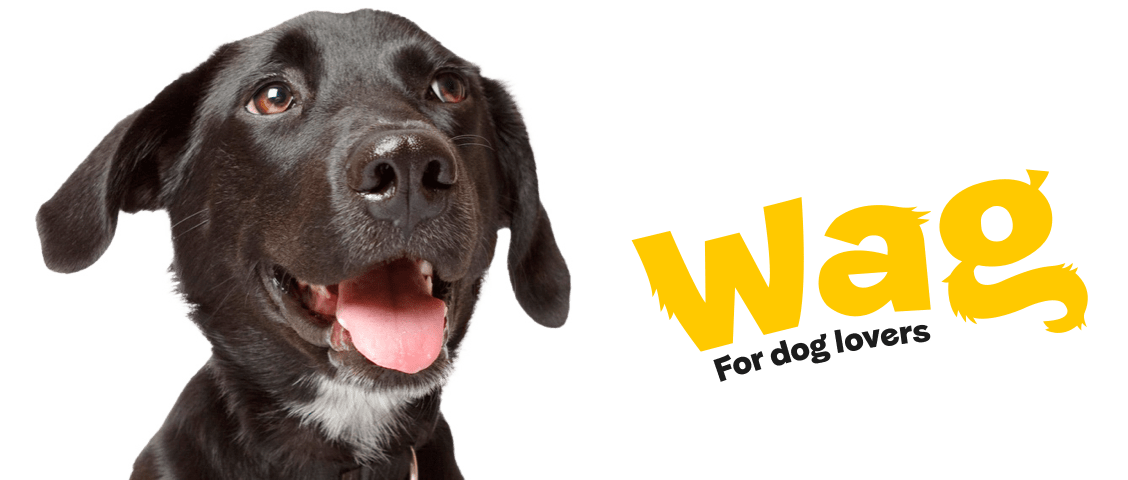Signs your dog is feeling anxious
Recognising fear or anxiety in your dog can help you resolve or avoid situations they find difficult.
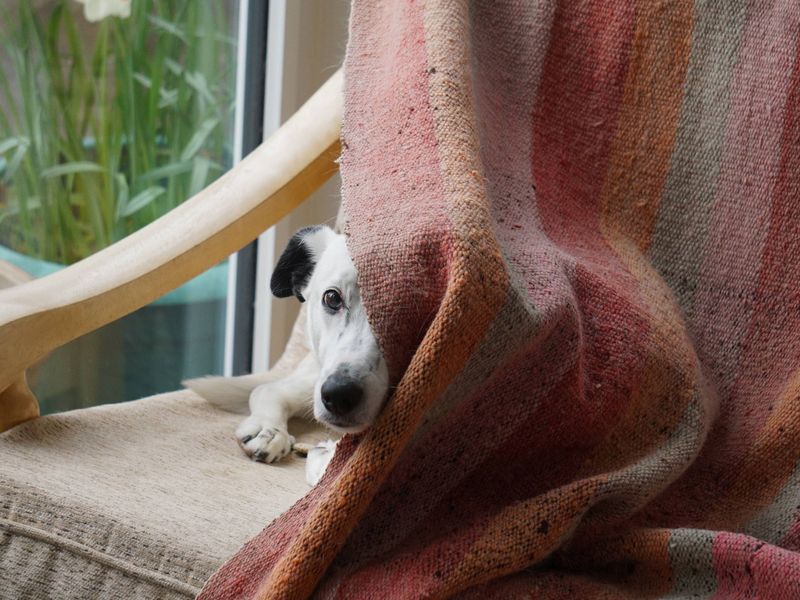
If you can recognise the first signs of fear or anxiety in dogs, then you’ll be able to help your dog avoid the things that worry them and keep clear of potential conflicts.
This will help prevent your dog from developing more established fears and keep everyone in the family, including your dog, feeling safe.
How to tell if your dog is feeling anxious
Many dog body language signals are subtle and often happen very quickly so it can be easy to miss them. You need to consider your dog’s whole body and the context of the situation.
It’s also useful to recognise the signs that your dog is relaxed, so you'll also know when they’re not feeling this way. Our guide to understanding your dog’s body language should help you.
If you see any of the signs below, consider what might be causing your dog to behave in this way, and how you can help them to feel better. They may be various ways you could manage the situation, including calmly moving your dog away from something worrying them, or ending an activity and leaving your dog alone.
Signs your dog might be anxious
Slowing down
As dogs become unsure about something, they tend to slow down as they try to learn more about it.
Leaning away and lip-licking
Dogs can find making direct eye contact intimidating, so you might see your dog turning their head away from whatever is troubling them.
Crouched body
Some dogs may cower and tuck their tail under to make themselves look as small and insignificant as possible. Others might hold their tail straight upright so that people and other dogs can’t miss the fact that they’re communicating they’re unsure.
Paw lift
Dogs might stop and look towards something that is causing them fear or anxiety.
Approaching with a lowered body
A dog might want to approach a person, animal, or object to interact or investigate, but show signs they are feeling worried at the same time. They might approach and then retreat because they feel conflicted.
Appeasement grin
A dog might show an ‘appeasement grin’, also referred to as a ‘submissive grin’ or ‘smile�’. This is different to an aggressive display of teeth, and they may initially show this behaviour when they are trying to diffuse social conflict.
Other signs to look out for
Shaking
You might see your dog give a full-body shake. Think about what was happening just before they did this, as it’s likely that they found it challenging and are now ‘shaking it off’.
Panting
Some dogs will start to …
Worried about your dog?
If you're concerned your dog may be feeling anxious, our expert training classes can help. With expert advice and practical training, we'll provide the tools you need to help your pup feel calm and confident.
Signs a dog needs space immediately
As a dog becomes increasingly worried and frightened by something, their behaviour may become less subtle. If your dog shows any of the signs below, stop what you’re doing immediately. Make sure that whatever your dog is feeling threatened by is moved as far from them as possible. Let them relax. Be mindful that this might take a while if they’re very worried.
Appeasement roll
A dog might show an ‘appeasement roll’, also referred to as a ‘submissive roll’.
The dog rolls onto their side or back to show that they pose no threat. This is very different to a dog rolling over to have their tummy tickled.
The dog could escalate to …
Lunging forwards or freezing
When a dog is feeling very threatened by something, they might lunge forwards and even growl, bark, and snap at whatever it is. Dogs do this in an attempt to increase the distance between themselves and the thing that is frightening them.
A dog might freeze or move …
Signs of frustration
Frustration can occur when a dog is unable to access something they desire, when they’re unable to move away from a situation or interaction they find uncomfortable, or when their expectations are not met.
Common frustration-related behaviours include jumping up, …
Why might dogs show aggression?
Dogs are naturally very social and cooperative animals. When dogs show aggression it’s usually a clear sign that they’re frightened and feel that they’re in direct threat.
They show aggression as an attempt to increase the distance between themselves and whatever is worrying them. If the behaviour works, they’re likely to repeat it again the next time they’re in a similar situation.
The more you practise recognising the subtle, initial signs that a dog is feeling uncomfortable or afraid, the sooner you’ll be able to respond appropriately and prevent the situation from getting worse.
If you can respond to their subtle signs of discomfort, your dog will be less likely to communicate by lunging, baring teeth, snarling, growling, snapping, or biting.
The more we can show our dogs that we understand and respect how they are feeling, the more they can trust us to help them. And the safer they will feel.
Ignoring or discouraging these kinds of signs from your dog could teach them that there’s no point in showing subtle signs of fear because it doesn’t work. So next time they might feel that they have no other option than to lung or bite straight away.
If your dog shows any signs of aggression, avoid the triggers for that behaviour as much as possible. This might mean keeping your dog completely away from whatever appears to be making them feel uncomfortable. Then seek help from your vet or a qualified behaviourist as soon as possible.
Pain and medical disorders can affect your dog’s behaviour. If your dog shows signs of being fearful, speak to your vet to check if there are no underlying health problems that might be contributing to their behaviour.
If the vet finds that your dog is in good health, then ask for a referral to an accredited behaviourist for individual support.
Contact our Behaviour Support Line
Need help with your dog’s training or behaviour? Contact our Behaviour Support Line for free expert advice.
Call us on 03030036666
or
If you feel you need to give us a call, our free telephone service is open Monday to Saturday, 9.30am – 5pm.
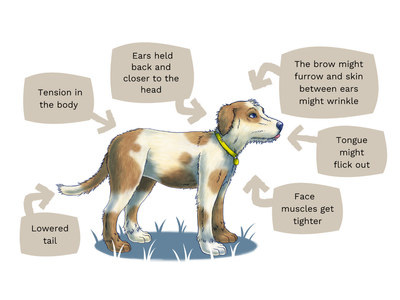
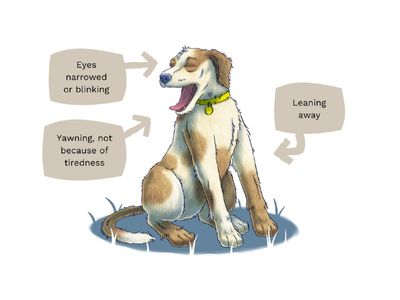
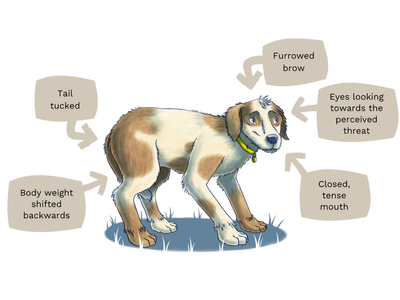
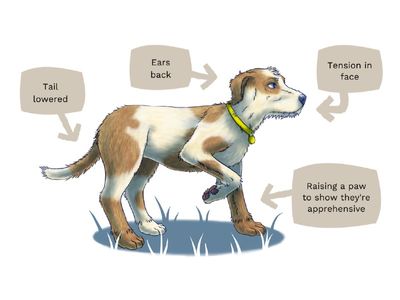
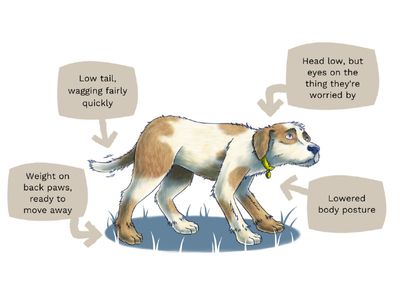
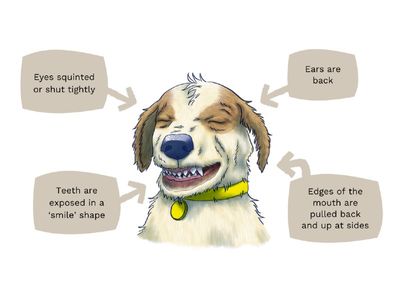
.jpg)
_1.png)
.png)




